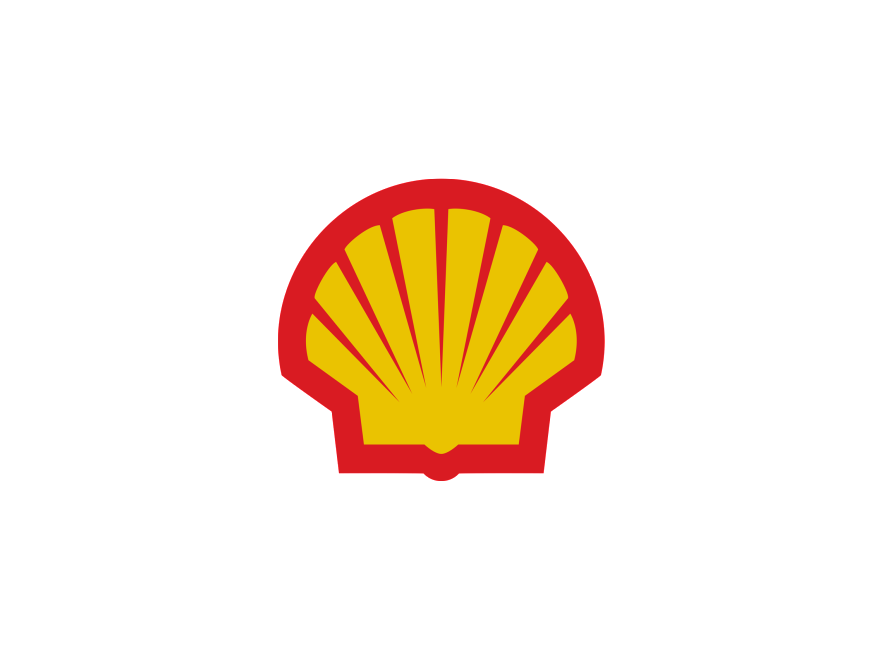Report: Confined Space Working Safety Study by the Institute of Energy and Environmental Flows, University of Cambridge
September 7th, 2022

CONFINED SPACE WORKING SAFETY STUDY
By Professor Andy Woods
Institute of Energy and Environmental Flows
UNIVERSITY OF CAMBRIDGE
Read the full report by clicking here.
ABSTRACT
The offshore Oil & Gas (O&G) floating production industry has long been aware of the combined risks of death and serious injury presented by Confined Space Entry (CSE) and working at heights in those confined spaces. The commercial and financial impact of incidents leading to death or serious injury is high. Policy and practices have been developed to mitigate the risk, reducing probability and consequences of accidents.
This report describes and quantifies the safety risks, using historic data of confined space working in the context of both Trading and Floating Offshore vessels of similar structure, and summarises some of the regulations and laws regulating the safety procedures for confined space inspections and working.
Using historic reports of some fatal accidents in confined spaces, the contributing factors are discussed, leading to an assessment of the likelihood of a fatal accident, assuming similar industry wide application of safety protocols.
This paper provides guidance on how stakeholders such as owners, regulators, insurance, and classification societies can calculate the risks in their own sector and how much effort and cost should be expended to reduce the risk to a level as Low as Reasonably Practicable (ALARP).
Whilst Duty holders should set their own criteria for the acceptability and tolerability of total risk to individuals, the broadly acceptable level of risk of a fatality is 1 in 1,000,000 per person per year (1×10-6).
Drawing on data available in the public domain, this report suggests that current risk of a fatality in a confined space on an FPSO is about 8.6 x 10-4 per person per year, and on a ship around 1.3 x 10-4 per person per year, clearly higher than the broadly acceptable risk level.
In 2020, HM Treasury in the United Kingdom assessed that the cost of an incident resulting in a fatality might be in the order of GBP 2 million (~US$2.75M). The ALARP principle, and regulatory guidance suggests that reasonable expenditure to mitigate the risk should be in ‘gross disproportion’ to the cost of an incident. This paper suggests how stakeholders can calculate expenditure reasonably required to eliminate or mitigate the risk of fatalities. (The report does not consider risk or mitigation costs of avoiding injury or health issues).
Whereas improved procedural methodology is a useful way of mitigating these risks, it cannot eliminate them. Technology for eliminating such risks is becoming commercially available and may prove to be a step forward in removing or reducing exposure risk for confined space working. Such technology can provide a means to comply with the ALARP principle of safety; compliance with which is described by various regulators and may be the focus of courts when assessing if adequate steps have been taken to avoid or mitigate the risk. Footnote – The HITS JIP (Hull Inspection Techniques and Strategy Joint Industry Project) was established in 2013 by a group of operators, classification societies, service providers and academic organisations to improve the way hulls were inspected, including CSE, initially on FPSOs. The JIP encourages and supports development of methods to avoid or at least minimise CSE, thus demonstrating the desire within industry stakeholders to improve safety with respect to this known hazard. Other organisations are also encouraging industry to take steps to reduce injuries and fatalities.
Click here to download the report.









